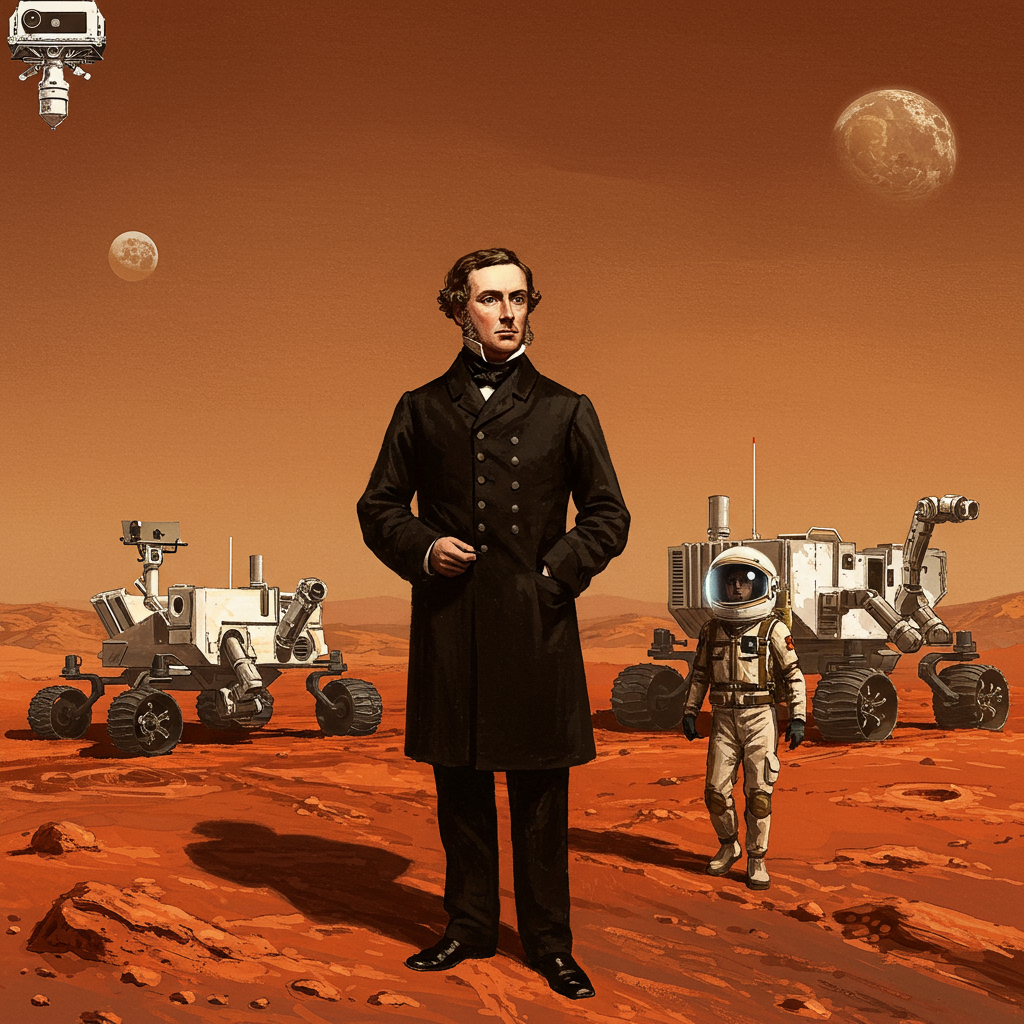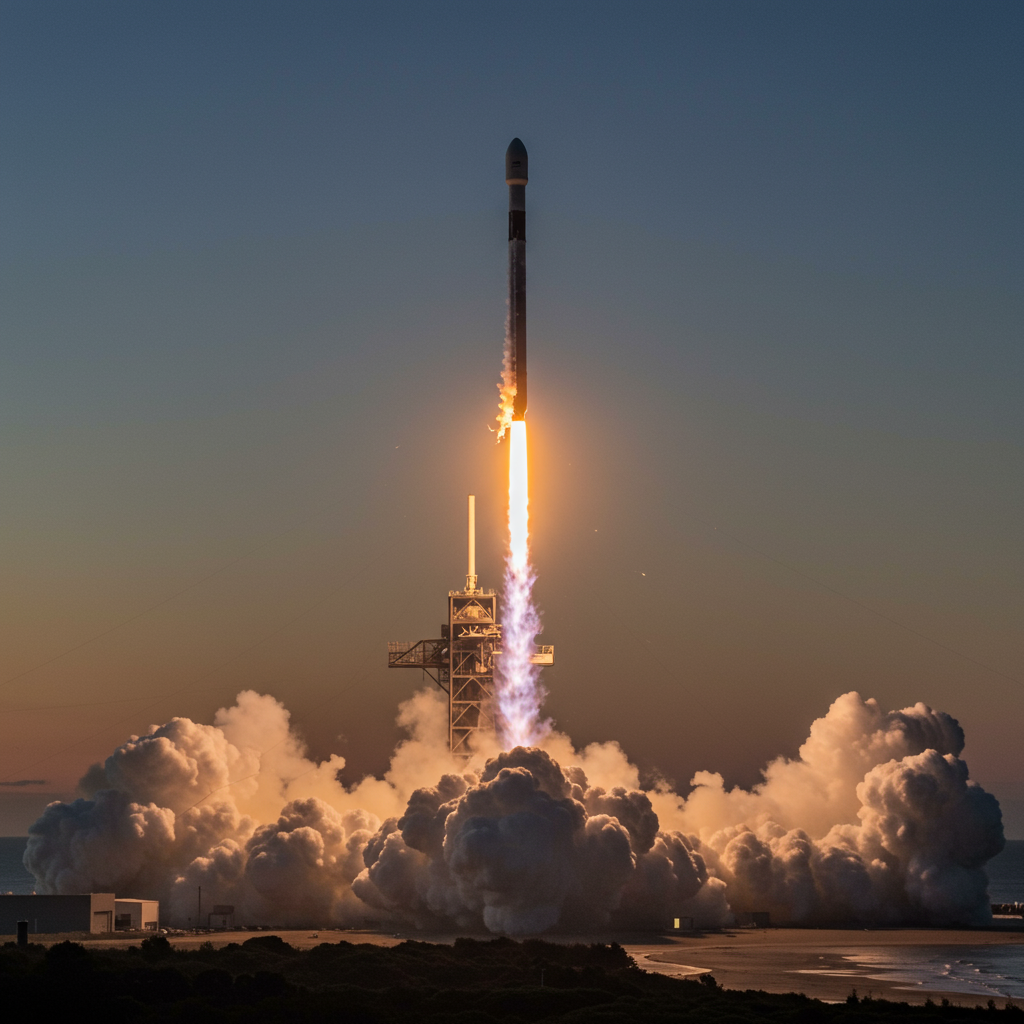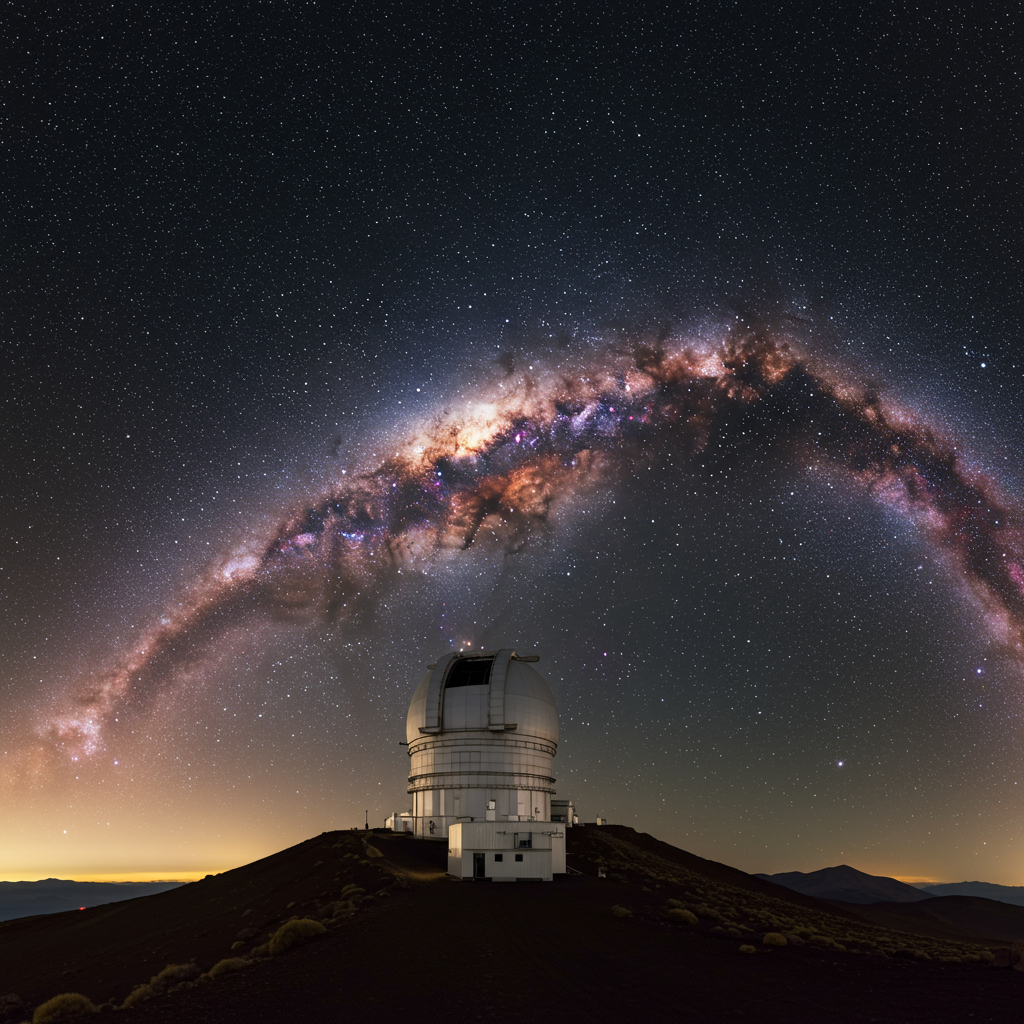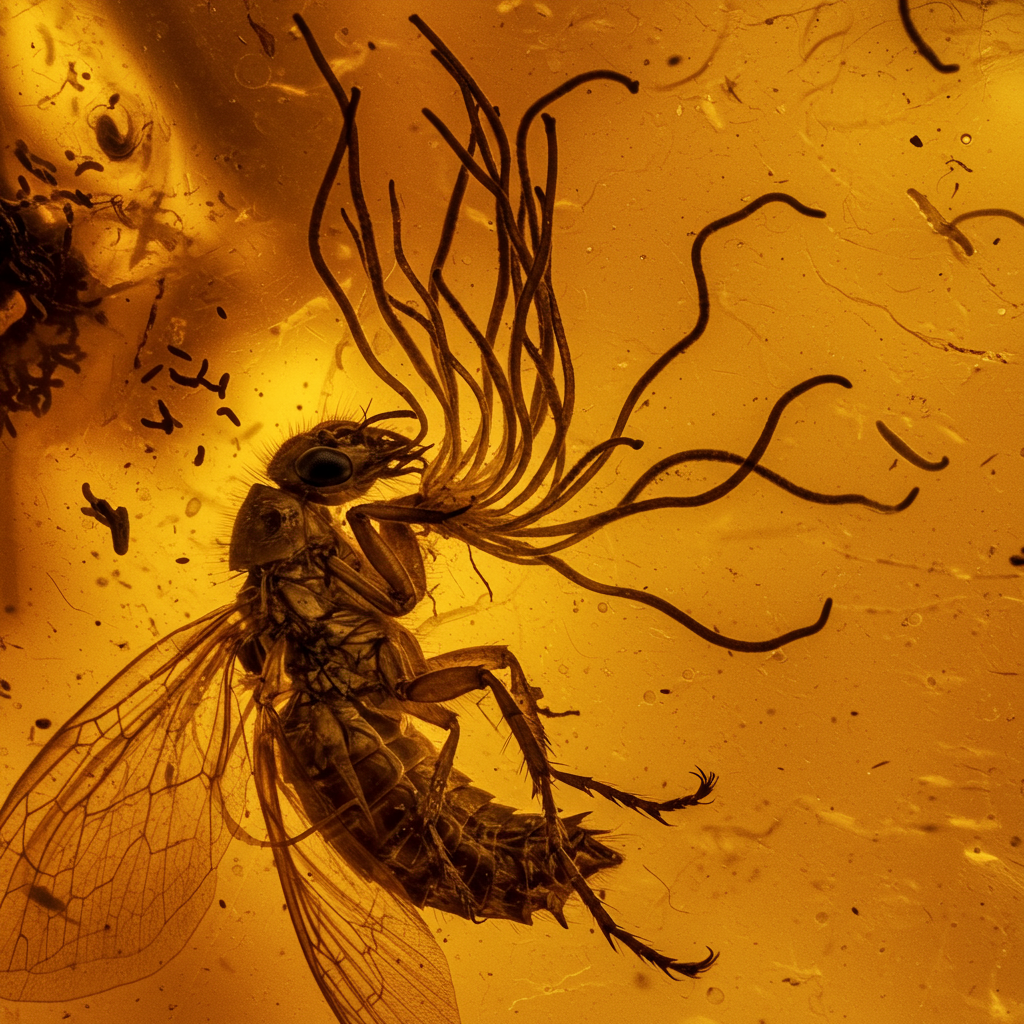Today, robotic explorers like rovers and orbiters meticulously map the martian surface, searching for signs of past water and potential life. Humans plan future crewed missions, inching closer to setting foot on the Red planet. It’s easy to forget that for centuries, Mars was a distant, mysterious world. Its reddish hue, caused by iron oxide dust covering its rocks, linked it to war in ancient lore, but its true nature remained hidden. Before rockets made physical journeys possible, astronomers relied on observation and, in some cases, extraordinary imagination to picture what might exist on our planetary neighbor.
The latter half of the 19th century marked a fascinating period for Mars observation. Telescopes improved, allowing astronomers to glimpse more surface details than ever before. New printing technologies enabled the creation and distribution of early Martian maps. Yet, these maps varied wildly. Features were difficult to discern clearly through Earth’s turbulent atmosphere and with imperfect instruments. Scientists debated what they saw; the famous idea of “canals” on Mars, championed by observers like Giovanni Schiaparelli and Percival Lowell, captured the public imagination, hinting at a dying world engineered by intelligent beings. Within this context of uncertainty and burgeoning possibility, one prominent figure blended rigorous scientific study with boundless imagination: Camille Flammarion.
Camille Flammarion: Astronomer and Dreamer
Camille Flammarion was a celebrated Parisian astronomer, deeply engaged in the science of his time but also possessing a philosopher’s soul. He wasn’t just interested in cataloging stars or charting planets; he wanted to understand humanity’s place in the vast cosmos. He published prolifically, writing over 70 books that ranged from technical astronomical works to philosophical treatises and imaginative novels.
In 1892, Flammarion released “The Planet Mars,” a monumental scientific work. This book remains a definitive historical account of Mars observations up to the late 19th century. To compile it, Flammarion undertook the Herculean task of reviewing 572 different drawings of Mars made by astronomers since Galileo first turned a telescope towards the planet in the 17th century.
Scientific Conclusions and Lingering Mysteries
Based on his comprehensive review, Flammarion arrived at conclusions shared by many contemporaries. He believed Mars was an older world than Earth, having progressed through similar evolutionary stages. Logically, this suggested it was a living world. However, Flammarion differed from many peers who simply expected Mars to be a slightly colder version of Earth. He insisted that Mars was distinctly its own planet. Any life found there would be uniquely adapted to its specific, differing conditions. This emphasis on environmental adaptation appealed to future science fiction writers, including H.G. Wells, whose famous novel “The War of the Worlds” featured Martians specifically evolved for their challenging planet.
Despite his scientific analysis, Flammarion was keenly aware of the severe limitations of 19th-century observation. He lamented that “the distance is too great, our atmosphere is too dense, and our instruments are not perfect enough.” The discrepancies in the hundreds of maps he reviewed highlighted this uncertainty; different astronomers saw and drew the planet differently. Due to this lack of clear, consistent data, Flammarion’s scientific work, “The Planet Mars,” maintained a stance of agnosticism regarding the specific nature of potential Martian life.
Exploring the Unknown Through Imagination
While cautious in his scientific writing about the details of Martian life, Flammarion was anything but restrained in his imaginative works. For Flammarion, the “Known was a tiny island in the midst of the ocean of the Unknown,” and it was this vast unknown that truly captivated him. He found the potential for life beyond Earth tantalizing.
Unable to physically travel to Mars, Flammarion found other means of exploration in his novels. Unlike Jules Verne, who imagined space travel through futuristic technology, Flammarion preferred a more spiritual approach. He held a belief that human souls, after death, could travel through space in ways the living body could not. His imaginative novels often featured dream journeys or accounts delivered by deceased characters who had visited other worlds.
Visions of Martian Beings and Society
In his 1889 novel “Urania,” Flammarion’s own soul visits Mars in a dream. There, he encounters the reincarnated soul of a deceased friend, George Spero. This friend now exists as a winged, luminous being with six limbs, a vivid example of Flammarion’s idea that organisms must be adapted to their environment – “Organisms can no more be earthly on Mars than they could be aerial at the bottom of the sea.”
Spero’s character serves as a guide, later visiting Flammarion on Earth in the novel. He reveals that Martian civilization has advanced far beyond Earth, not solely because Mars is older, but also because its thinner atmosphere, Flammarion imagined, was better suited for astronomical observation and thus accelerated scientific and societal progress. These imagined Martians led intellectual lives, free from the wars, hunger, and strife that plagued Earth. This utopian vision likely stemmed from Flammarion’s own experiences, living in Paris through the devastation of the Franco-Prussian War and the hardships of the Siege of Paris. His peaceful, advanced Martian society represented an ideal future he wished for humanity.
Flammarion’s Lasting Legacy
While some historians might label Flammarion primarily a popularizer rather than a strict scientific innovator, this view potentially underestimates his impact. Flammarion saw science not merely as a collection of established facts but as the foundational core of a new philosophy waiting to emerge. His popular writings were serious attempts to shift people’s perspectives towards the heavens and inspire wonder about the universe.
Flammarion’s imagined Mars was never intended to be a literal scientific prediction, much like the early maps he critiqued weren’t literal representations of the surface. Instead, his Martian visions served as powerful examples of what life, including human society, could become under optimal conditions. His work underscores a crucial point: imagining a future on Mars is as much about reflecting on our own world and our aspirations for society as it is about developing the technology to get there.
Today, we know far more about Mars thanks to decades of robotic exploration. We know it’s a cold, dry world with a thin atmosphere, lacking global canals or advanced winged beings. Yet, the evidence of ancient rivers, lakes, and potential past habitability continues to drive the search for microbial life. Flammarion’s blend of scientific inquiry and imaginative exploration reminds us that curiosity about Mars is deeply intertwined with our enduring human desire to understand the potential for life beyond Earth and to contemplate better futures for ourselves.
Frequently Asked Questions
What was Camille Flammarion’s main contribution to studying Mars in the 19th century?
Camille Flammarion’s primary scientific contribution to Mars study was his comprehensive book “The Planet Mars,” published in 1892. This landmark work summarized virtually all Mars observations and published literature since Galileo, based on his review of 572 individual drawings. While not making groundbreaking new observations himself, his book provided a crucial historical synthesis of 19th-century Mars knowledge.
How did 19th-century scientists like Flammarion imagine life on Mars given limited information?
Limited telescope technology and Earth’s atmosphere made precise details of the Martian surface unclear, leading to uncertainty and varied interpretations like the “canal” debate. Flammarion, while scientifically agnostic about specifics, believed Mars was an older, potentially living world. In his novels, he imagined Martian life uniquely adapted to its environment (like winged beings) and envisioned a utopian Martian society that was older, wiser, technologically advanced, and peaceful, reflecting his hopes for humanity.
What were some of the challenges or debates among astronomers trying to map or understand Mars in Flammarion’s era?
Astronomers faced significant challenges due to the distance to Mars and the limitations of telescopes and Earth’s atmosphere, making clear surface features difficult to see. This led to widely varying maps drawn by different observers. A major debate centered around features perceived as “canali” or canals, with some astronomers like Percival Lowell interpreting them as evidence of intelligent design, while others, including Flammarion in his scientific writings, remained cautious or skeptical due to the lack of clear evidence.




